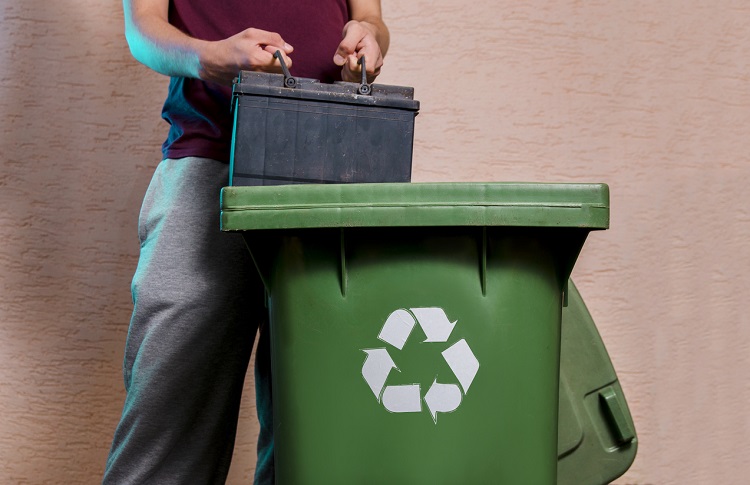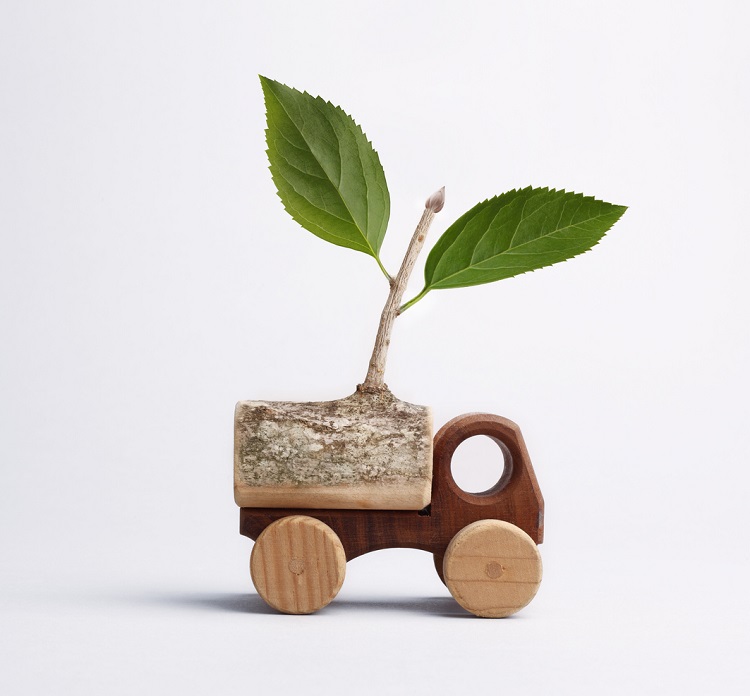Scrap car recycling is a major industry in North America. In Canada, 1.6 million cars are recycled each year. About 95 percent of vehicles eventually make their way to the recycling yard. If you have an old, non-working or junk vehicle you need to recycle, where should you take it? What do you need to do to prepare this car for recycling? We provide some guidance below.

Which parts are recycled?
When you sell your vehicle to a Scrap car recycling yard, more than 90 percent of it will likely qualify for recycling. These reusable parts include:
- Tires
- Windshield glass
- Batteries
- Steel
- Iron
- Wheels
- Radiators
- Transmissions
- Rubber hoses
- Carpets
- Car seats
- Belts
- Oil filters
- Mats
For example, tires are reused in pavement for new roads. Artisans, craftsmen and manufacturers use recycled auto glass for tile flooring, porcelain, jewelry, countertops and glass beads. Every used part has a purpose and a new life cycle when you sell your junk car to a recycling yard.

How Recycling Works
The recycling process involves multiple steps. These steps include:
Removing Engine Fluids
It is important that the recycler removes old engine fluids. This makes the parts and vehicles as a whole safer for junkyard customers. It reduces the chance of fire and minimizes fire impact in the junkyard, should one occur. Doing so also helps protect salvage lot customers from breathing in hazardous fumes. Licensed salvage yards ensure they properly dispose of these fluids according to the law.
Removing Usable Parts
After draining the fluids, a vehicle is ready to be parted out. This process either involves the junkyard taking these parts out for resale or individual customers doing so as part of a “pick and pull.” Junkyard customers can use many parts on their own vehicles or others they are rebuilding. Even plastic and rubber sell well to customers, before the remaining vehicle frame and metal become scrap.
Shredding the Vehicle Frame
Once all of its useful parts and those that cannot be recycled are removed, the recycler shreds the vehicle’s remaining scrap metal in a vehicle shredder. This machine magnetically separates metal fragments into ferrous and non-ferrous categories.
Mixing Metals
Before selling scrap metal, recyclers combine the scrap with other metals to enhance its strength. This prepares the scrap for moulding into a new vehicle frame by an automobile manufacturer. In the U.S. each year, automakers reuse 14 million tons of recycled auto steel. The automakers reuse scrap metal from old cars in new vehicle production because it reduces emissions at production plants, therefore being very good for the environment. Because the recycled metal is strengthened in a mix with other metals, the recycled material works just as well as new.
How to Recycle Cars
Are you interested in recycling your car? You can easily do so by finding a licensed scrap cars removal yard near you. Virtually every town or city has at least one of these facilities within its borders or nearby.. Virtually every town or city has at least one of these facilities within its borders or nearby. Even easier is finding a “pick and pull” scrap yard that handles the recycling for you. When you take or tow your vehicle to one of these yards, you can walk away with cash in your pocket.
The junkyard that sells spare parts to customers plays an important role in the recycling chain. They remove the fluids from the vehicle, making it safe for presentation to customers on the salvage lot. Then, customers can find the parts they seek from specific makes and models for a fraction of new car part prices. Once the vehicle is stripped of its usable parts, its remaining metal parts are shredded and separated for the manufacturing of new cars.



